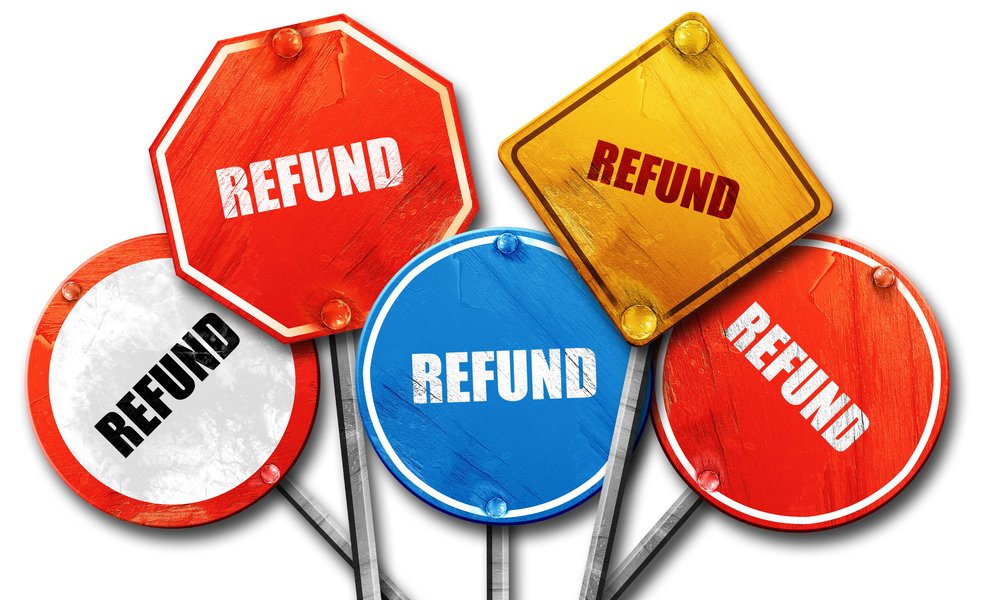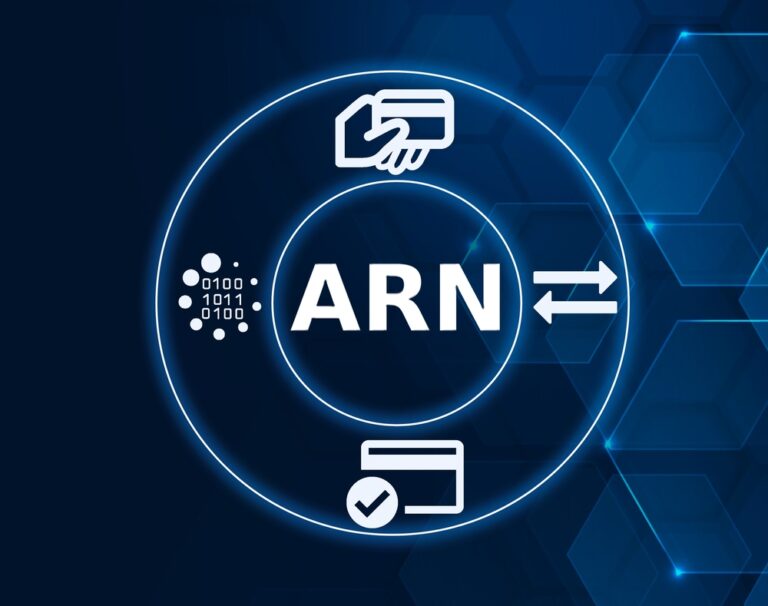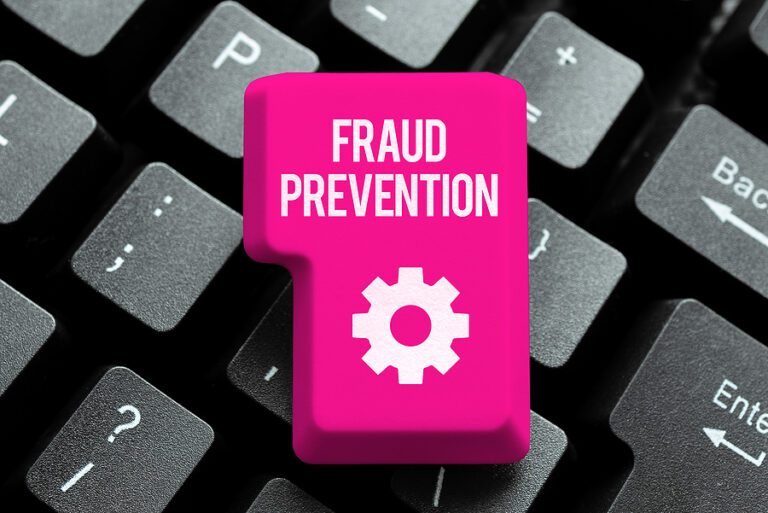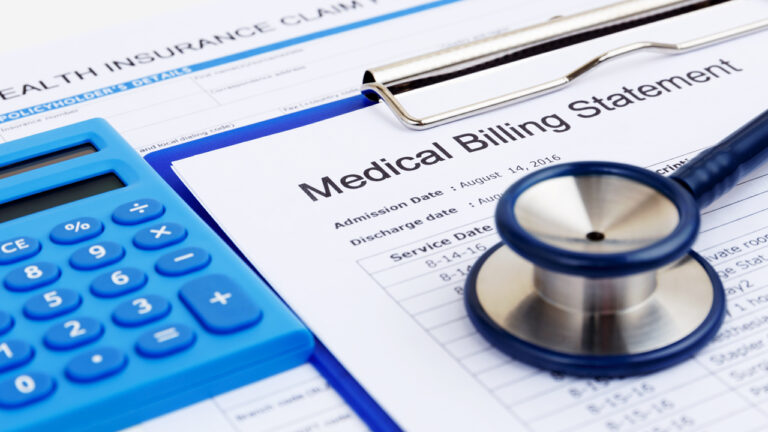What Are Chargebacks?

An In-Depth Look at Chargebacks and the Dispute Process
Online merchants big and small should be on the lookout for chargebacks. They have a major impact on a company’s revenues and financial health. In some cases, how you manage chargebacks could make or break your business.
So, what are chargebacks? A chargeback is basically a reversed payment where the card-issuing bank takes the money paid to you then returns it to a customer because of a dispute. You also lose the products sold or services rendered, further adding to the costs.
As a merchant, you’ll likely face a variety of payment disputes and issues, including voided charges, declined payment methods, and refunds.
Many merchants and entrepreneurs have heard of chargebacks but may not understand exactly what they are. That’s why we’re going to outline what chargebacks are, where they came from, and what the chargeback process looks like.
Chargebacks: A Brief Definition and Explanation
Essentially, a chargeback is a reversed credit or debit card payment. Chargebacks occur when cardholders file a dispute with the bank or other relevant financial institution. The term “chargeback” itself is quite literal with the bank charging back the amount in dispute, returning the funds to the cardholder. Importantly, banks don’t need the merchant’s approval to do so.
As a merchant, you’ll likely face a variety of payment disputes and issues, including voided charges, declined payment methods, and refunds. With voided charges, the transaction was never fully settled. Chargebacks, however, are similar to refunds in that the payment had seemingly been authorized and the merchant received the funds. Still, banks can claw back those funds and return them to the customer.
Ultimately, chargebacks are disputes between the merchant and the cardholder, who is often but not always a customer. The merchant’s acquiring bank handles some aspects of a chargeback, and the cardholder’s issuing bank acts as jury and judge, deciding the outcome of the dispute.
What Are the Common Types of Chargebacks?
Chargebacks are primarily intended to protect consumers from fraud — either from the fraudulent use of their payment credentials or from shady merchants that do not deliver what the customer paid for. However, the reality is that most chargebacks these days stem from their abuse. The three general causes of chargeback are:
- True Fraud: Also known as third-party or criminal fraud, someone steals cardholder information to make purchases at the cardholder’s expense; fraudster gets the product, cardholder gets the bill. True fraud causes about 10 percent of chargebacks.
- Merchant error chargebacks: A merchant might inadvertently double-bill someone, a product may get damaged en route, or the purchase arrives not-as described. These merchant errors make up 10 to 20 percent of disputes.
- Friendly Fraud Chargebacks: Also known as first-party fraud, where the cardholder makes the purchase but either does not recognize or remember the purchase and files a chargeback or they deliberately abuse chargebacks to steal from the merchant. Estimates vary, but friendly fraud could account for up to 75-80 percent of all chargebacks.
True Fraud
In third-party fraud, an individual’s credit or debit card information was stolen and used by a fraudster. When the customer reviews their debit or credit card statement and notices the unauthorized charges on their account, they will contact their bank to report the fraudulent transaction and also to dispute the wayward charges. In these cases, the merchant is liable because they failed to catch the fraud, and processed the transaction without the proper authorization from the rightful cardholder.
Merchant Error
Merchant error is a bit of a gray area, because many of the dispute scenarios can be resolved by the cardholder going direct to the merchant and not to their issuing bank. However, when a merchant makes a mistake on a legitimate transaction, a chargeback can be applied when the merchant is not cooperating. If a customer orders something from your website, but the goods never get delivered, they can request that their bank reverse the charge. After all, why should customers pay for products or services they never received? Sometimes, a product received is not as described, or arrives later than promised.
Friendly Fraud
Cardholders may incorrectly attribute a purchase they don’t recognize as either true fraud or merchant error. This is known as friendly fraud, as the cardholder is not intending to steal a product or service, but does so out of misunderstanding. One common issue is unclear billing. Let’s say a customer orders books from Awesome Acme Books, which is a subsidiary of another company, Doe-Smith Holdings. The books get delivered and the customer is happy with the purchase. However, a few weeks later, the customer is looking through his debit card statement and notices a charge from Doe-Smith Holdings. The customer has never heard of this company and doesn’t recognize the charge, so files a chargeback.
However, friendly fraud chargebacks are more often from people acting in bad faith, trying to steal products and services using the chargeback policy of their bank. They may have received the ordered goods but simply don’t want to pay for them. So instead, they file a chargeback claiming true fraud or merchant error, hoping that their bank will return their money. Then, they can keep the products or services delivered without paying. This form of fraud is commonly grouped as friendly fraud, but is more accurately known as “chargeback fraud.”
The Fair Credit Billing Act & Electronic Fund Transfer Act
Chargebacks were enshrined into law by the 1974 Fair Credit Billing Act (FCBA) and the Electronic Fund Transfer Act in 1978 (EFTA). These laws, among others, were implemented to protect consumers, and when properly used, they do just that. Unfortunately, some unscrupulous parties abuse the law, leading to friendly fraud and other issues.
The FCBA emerged as electronic payments started to grow in popularity. Today, cash accounts for only about 16 percent of consumer transactions, with credit cards, debit cards, and electronic payment portals, like PayPal or Venmo, now accounting for a majority of payments.
Back in the 1970s, electronic payments were still a relatively new concept for consumers. Even when cash wasn’t involved, most folks were whipping out a checkbook, not credit cards.
Lawmakers didn’t spell out the chargeback process. Instead, they mandated that financial institutions, including card networks and issuing banks, sort out the details.
To protect citizens from abuse and fraud via credit cards, Congress passed the Fair Credit Billing Act of 1974. This act required creditors (i.e. an issuing bank) to investigate alleged billing errors and complaints, and to not take actions against a cardholder’s credit standing (for example, your credit score) without first investigating.
The Fair Credit Billing Act covered credit card payments but not debit cards. The Electronic Fund Transfer Act of 1978 extended protections to debit card transactions. Both laws were influenced by the earlier Truth in Lending Act (TILA) of 1968, which protected consumers from predatory loan practices. Together, these laws established the legal foundation for chargebacks.
Consumer Rights Lead to the Modern Chargeback Process
Lawmakers didn’t spell out the chargeback process. Instead, they mandated that financial institutions, including card networks and issuing banks, sort out the details. The FCBA did outline some specific rights and responsibilities, which eventually lead to the modern chargeback dispute process.
Cardholder rights in a dispute:
- Customers have at least 60 days to file a dispute concerning a charge.
- This complaint has to be acknowledged and the issuer needs to begin an investigation within 30 days.
- The issuer is required to act on the consumer’s behalf. Thus, if an investigation uncovers an invalid payment, the issuer has to correct it.
- Even if the investigation fails to uncover an invalid payment, the cardholder can challenge the findings. They must be provided at least 10 days to do so.
The above points represent minimum protections. Many card issuers and bank rules provide more thorough protection. Also, given how laws are written and the simple fact that banks want to keep customers happy, card issuers tend to favor their cardholders. As a result, merchants fighting chargebacks face an uphill battle.
Fortunately, various tools, including dispute management platforms, make it easier for businesses to manage chargebacks. This can increase the likelihood of positive outcomes. There are also a variety of steps you can take to prevent disputes before they occur.
Enter the Modern Chargeback Process
Mandated to protect cardholders by Congress, financial institutions came up with the chargeback process. Initially, they weren’t officially called chargebacks, but the term became popular and stuck. Through chargebacks, card issuers can meet their mandated obligations to investigate claims and protect consumers. With that in mind, let’s take a look at how the chargeback process works.
Typically, a chargeback is initiated by the cardholder, who contacts their bank or credit card company and files a dispute. However, some card issuers now take a proactive approach and will flag suspicious transactions, potentially initiating a chargeback on the cardholder’s behalf.
The typical chargeback process:
- (Customer) The chargeback process usually begins when the cardholder initiates a dispute over a transaction. They may have noticed a suspicious charge, perhaps because someone stole their card info or maybe they’re engaging in friendly fraud.
- (Card Issuer) The card issuer, say the card holder’s bank, investigates the claim. If the card company finds it has merit (they often do), they send the transaction to the acquiring bank, which processes payments on behalf of the merchant. The card issuer is typically a bank or credit card company.
- (Acquiring Bank) The acquirer then reviews the transaction and forwards it to the merchant.
- (Business) If the transaction was obviously true fraud or a merchant error, businesses often accept the chargeback. If the chargeback is deemed unwarranted, the merchant can choose to dispute the chargeback.
- (Business) If the merchant chooses to dispute the chargeback, they will then gather compelling evidence that the transaction was legitimate and completed. The merchant could gather IP location info from the transaction, signed delivery receipts, communication with the customer, and other evidence. The merchant will also write a chargeback rebuttal letter outlining their case. This process is called “representment.”
- (Acquiring Bank) The merchant sends the evidence to the acquiring bank working on their behalf. The acquiring bank then sends the information back to the issuing bank.
- (Card Issuer) The issuing bank reviews the information and any gathered evidence, then makes a decision.
The very nature of the chargeback process creates headwinds for merchants. Issuing banks make the final decision and they have an incentive to keep their clients happy. Still, merchants can successfully win disputes with compelling evidence and a sound argument. The downside is that the chargeback, with its fees and penalties, stands even when the transaction amount is returned to the merchant.
Also, both the customer and the merchant can appeal the decision. If this happens, the chargeback usually enters pre-arbitration and may eventually go into arbitration.
Chargeback Pre-Arbitration
If the customer or merchant doesn’t want to accept the card issuer’s decision, they can appeal it. For merchants, the dispute will typically then enter pre-arbitration. The pre-arbitration phase is often called a second chargeback or second presentment. We’re going to focus on the merchant’s experience through the process, but remember that customers are entitled to arbitration as well.
With pre-arbitration, the chargeback process basically reboots and the merchant can present new information that might sway the card issuer’s decision. A merchant might uncover a signed delivery receipt from the customer that they missed during the first phase, for example. If you don’t have new information, the outcome will almost certainly be the same.
After the second presentment, if the merchant is still unsatisfied with the result and believes they have a strong case, they can file for arbitration.
Chargeback Arbitration
Up until now, the chargeback process involved the merchant, the cardholder, the issuing bank, and the acquiring bank. The card network, say Visa or Mastercard, has not been involved. That changes with arbitration.
During the arbitration phase, the card network (aka credit card processing company) steps in as a more neutral party to weigh the evidence on both sides and to make a final decision. Like the issuing bank in earlier phases, the card network will review evidence from both the merchant and the cardholder before coming to a decision.
The card network’s decision is final and the losing party has to pay substantial fees set by the card network. However, the card network’s decision concerns payments, not laws. In extreme cases, the merchant could decide to file a lawsuit against the customer.
Do Chargebacks Only Occur in the United States or With American Banks?
We’ve covered chargebacks in the United States and how they are the result of laws passed by Congress. That said, chargebacks are not limited to the U.S., and other countries have passed similar laws and consumer protection measures.
If you suffer a lot of chargebacks, you may incur a high chargeback ratio. If so, payment processors may start charging you increased processing fees.
If you’re serving customers in other countries, it’s smart to study the local laws and regulations. European Union regulations, for example, cover credit card chargebacks but not debit. However, many nations within the European Union do have laws on their books covering debit cards.
Many American businesses also serve customers in Canada. Chargeback rules vary by province and most banks offer customers at least 30 days to dispute a charge.
How Do Customers File Chargebacks?
Banks make filing chargebacks relatively easy. Part of this is due to requirements laid out in the Fair Credit Billing Act, but many banks go above and beyond mandates to increase customer satisfaction. Typically, a customer can call a toll free number to dispute a charge, but banks may offer other methods including:
- Live chat programs
- E-email
- Through submission platforms on an online banking portal
- Contacting banks at a physical mail address
For merchants, the submission route doesn’t matter much in terms of the dispute itself. However, given how easy it is for customers to initiate disputes, businesses should prepare to face a lot of them.
Protecting Your Business From Chargebacks
Chargebacks can have a big impact on your business. As a merchant, your attention may first be drawn to the lost revenue from the sale. Sadly, those lost revenues are simply the start of your financial woes. You’ll also have to pay chargeback fees, which typically range from $25 to $100 per dispute. And you’ll have to pay these fees even if you win.
If you suffer a lot of chargebacks, you may incur a high chargeback ratio. If so, payment processors may start charging you increased processing fees. Also, fees for future chargebacks could increase. In some cases, payment processors will simply decline to work with you, which could cripple your business.
Fortunately, you can leverage a variety of tactics and services to reduce chargebacks and increase the chances of successfully winning disputes. Alert services can warn you of upcoming chargebacks, giving you precious time to act proactively and prevent them from occurring in the first place, for example. Dispute management tools, meanwhile, make it easier to gather and submit evidence while also keeping track of important deadlines.
Whatever tools you use, it’s important to proactively fight chargebacks as they could undermine your business and efforts.






